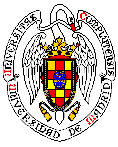 |
Departamento de Física Teórica IU. Complutense de Madrid
|
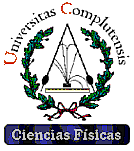 |
 |
Departamento de Física Teórica IU. Complutense de Madrid
|
 |
|
2014 Highlight of Journal of Physics G (published by the british IOP) 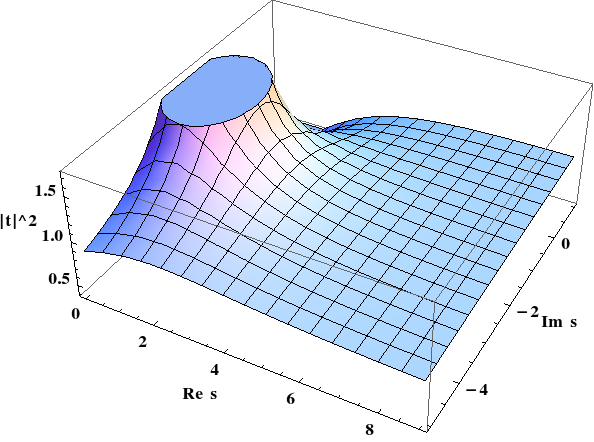
|
The Franck-Condon principle in heavy-hadron spectroscopy 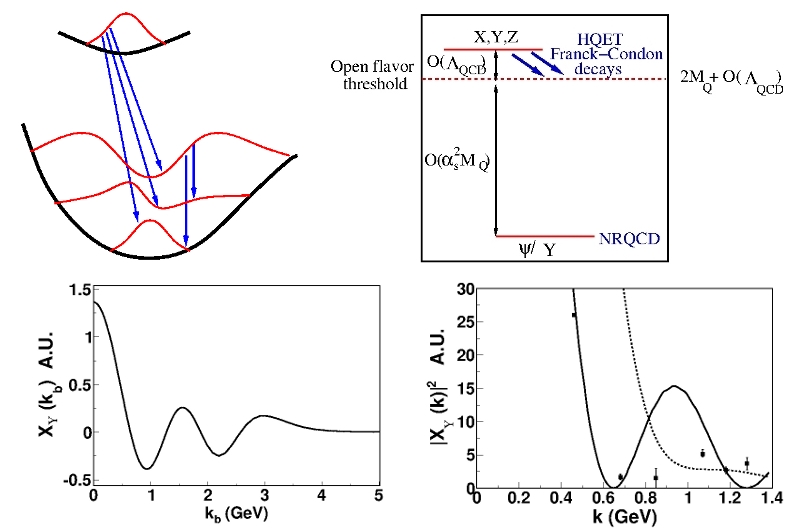
|
|
|
LHC experiments have found a mass gap in the particle spectrum above the
100 GeV scale, typical of the electroweak-gauge and newly found scalar-Higgs
bosons. It may be the closure of the electroweak theory. |
A heavy meson contains a heavy quark-antiquark pair and in addition
light quarks and gluons; when the meson decays strongly, the quark and
antiquark separate, each landing on a product meson. The light degrees
of freedom cannot alter the velocity of the heavy ones significantly, so
the momentum distribution of the outgoing heavy-light mesons
(bottom right, with what sparse Belle data there is) reflects the
wavefunction of the initial meson (bottom left for a Cornell model
Y(5S)). The available phase space for the BBpi decay of the Y(5S)
allows for the first Sturm-Liouville node to be visible. The situation is analogous to the Franck-Condon principle of molecular physics (top left) where nuclei do not alter their momenta much in a radiative transition, because electrons are so light, so the electronic deexcitation leaves the molecule in a linear combination of the nuclear excitations over the electronic ground adiabatic potential where the nuclear momentum distribution is the same as in the parent molecule. The promise of the method is that it allows to disentangle conventional mesons from exotica in the very high spectrum, as it gives a window to the quarkonium internal structure. |
|
|
Big open problem: there are seven new parameters in the most
general (NLO) interaction among these particles even taking masses to
zero, and no experimental guidance as to what their values are (nor even
if they actually separate from the Standard Model).
I am interested in whether/what new physics is beyond the SM, and particularly in reducing (not increasing!) its 25+ parameters. |
Big open problem:
we need to develop a systematic way to calculate corrections, the
Franck-Condon principle is a Leading Order expression of some as yet
undeveloped effective theory analogous to HQET. (Perhaps more data would fuel interest, there are not so many three or more body strong decays well measured for highly excited quarkonia.) |
|
Cubic neutrons in neutron stars? 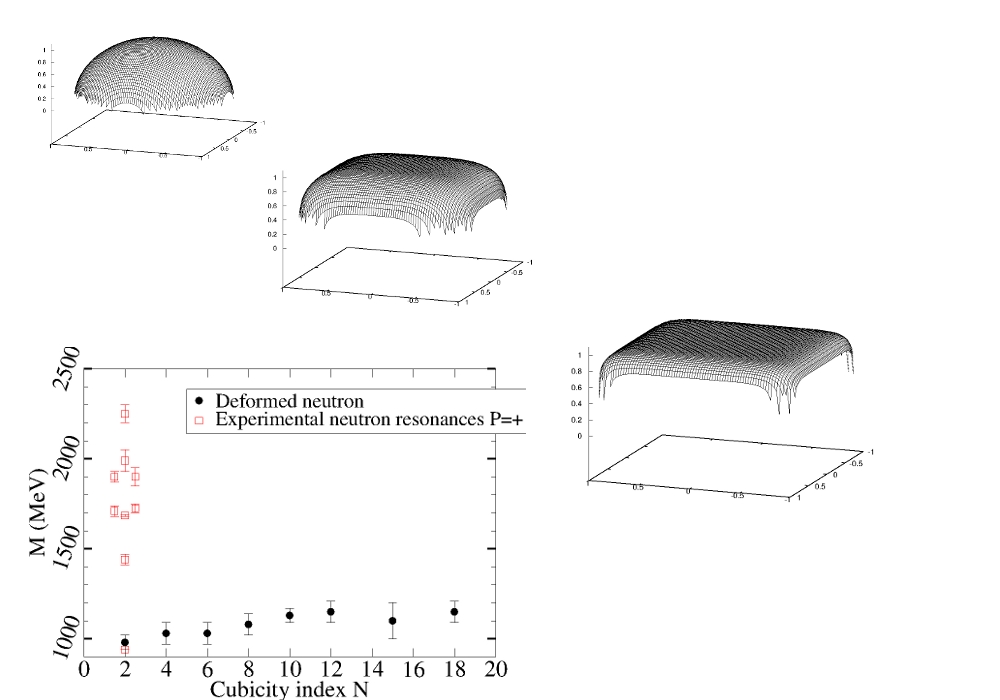
|
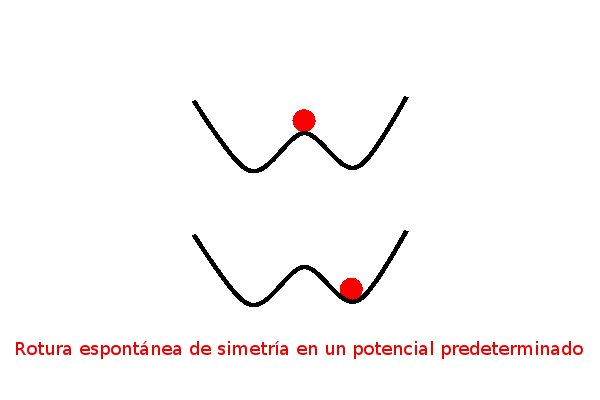 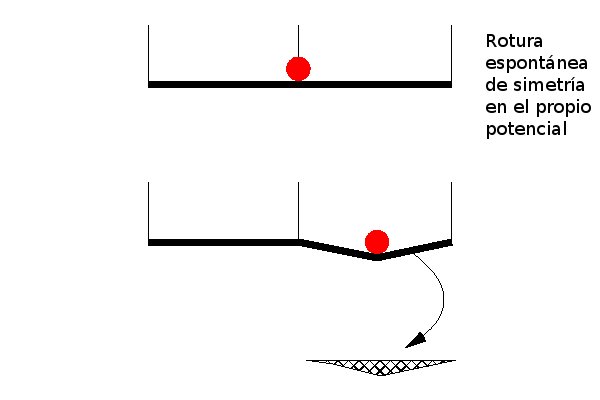 |
|
|
Neutrons are finite-sized, largely spherical particles. But, as you have
noticed in the market,
oranges don't perfectly stack; |
The textbook explanation of Spontaneous Symmetry Breaking (top sketch):
|
|
|
Big open problem: the cost of the wavefunction deformation towards a
cubic shape competes with other physical processes, for example the
formation of a band gap (a color-conducting kind of solid state where
quarks hop from node to node of a cubic lattice). I am investigating
this question in atomic physics, where one hopes to "look up the answer"
in a high-pressure laboratory.
|
Big open problem: the Dyson-Schwinger equations are an intertwined set
of coupled equations with more and more particles (something like the
GPKY hierarchy in statistical physics). Usually they are truncated at a
low-level (in analogy to keeping only the Boltzmann equation). But since
the coupling is strong, this is an unwarranted approximation in
Chromodynamics.
We only have a handle
under a power-law infrared ansatz for all Green's functions,
that allows inductive solution, but lattice gauge theory seems to yield finite infrared values disfavoring
such ansatz.
|